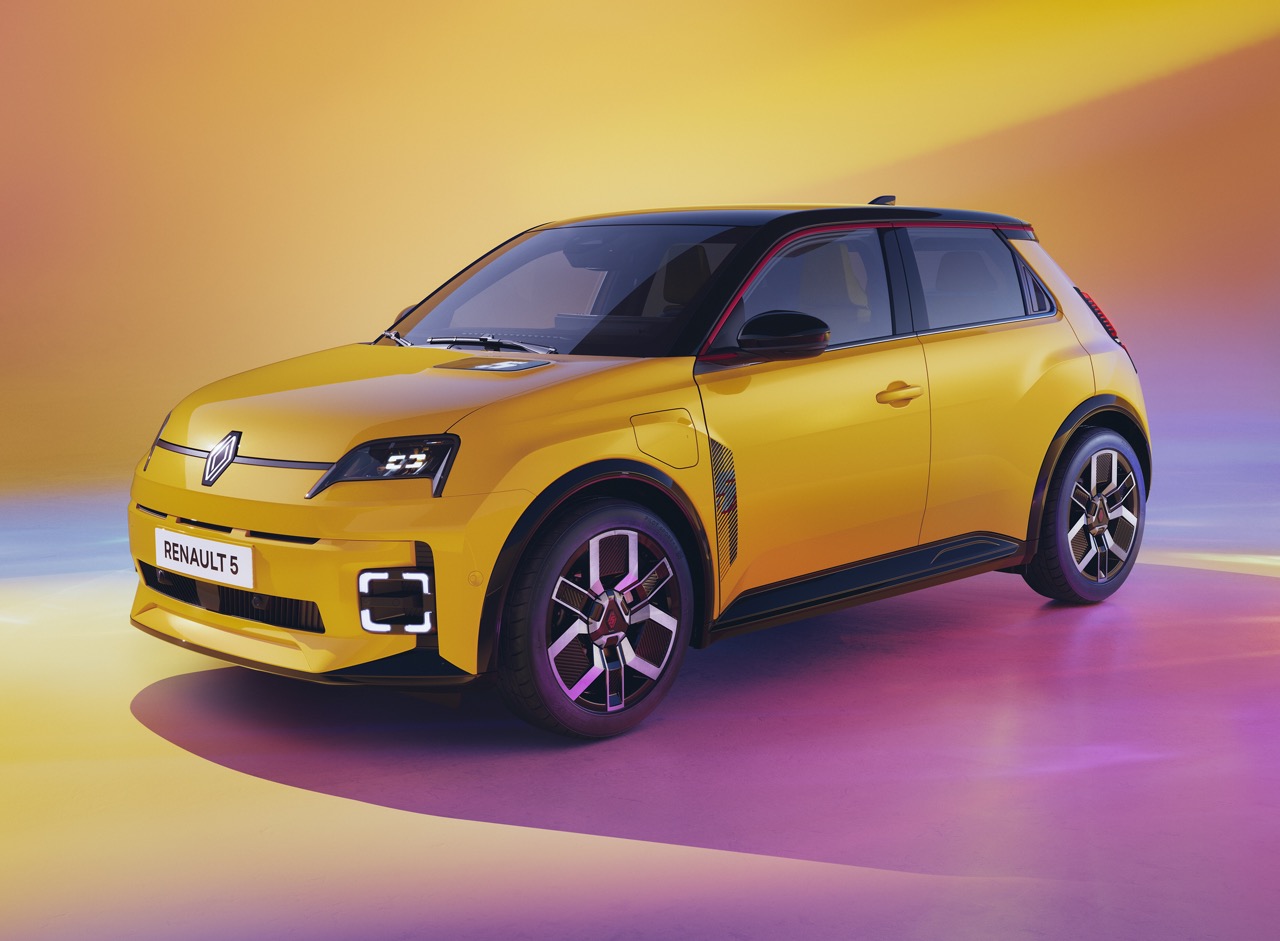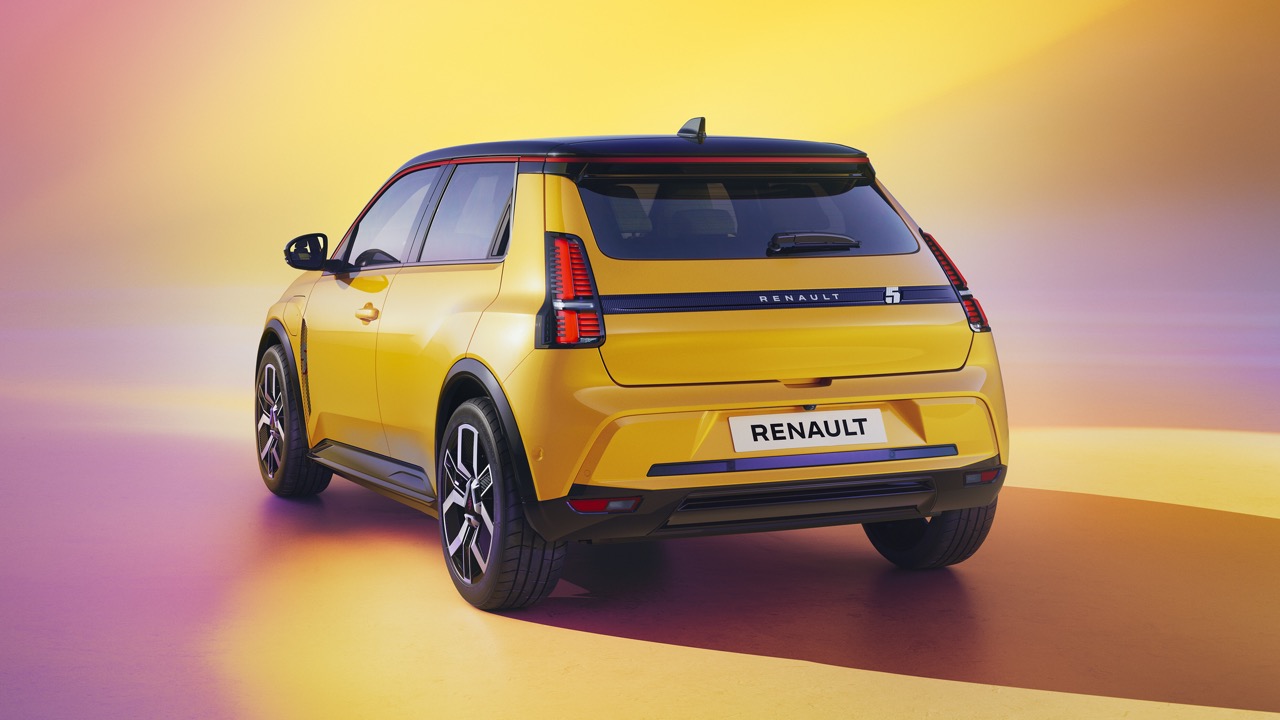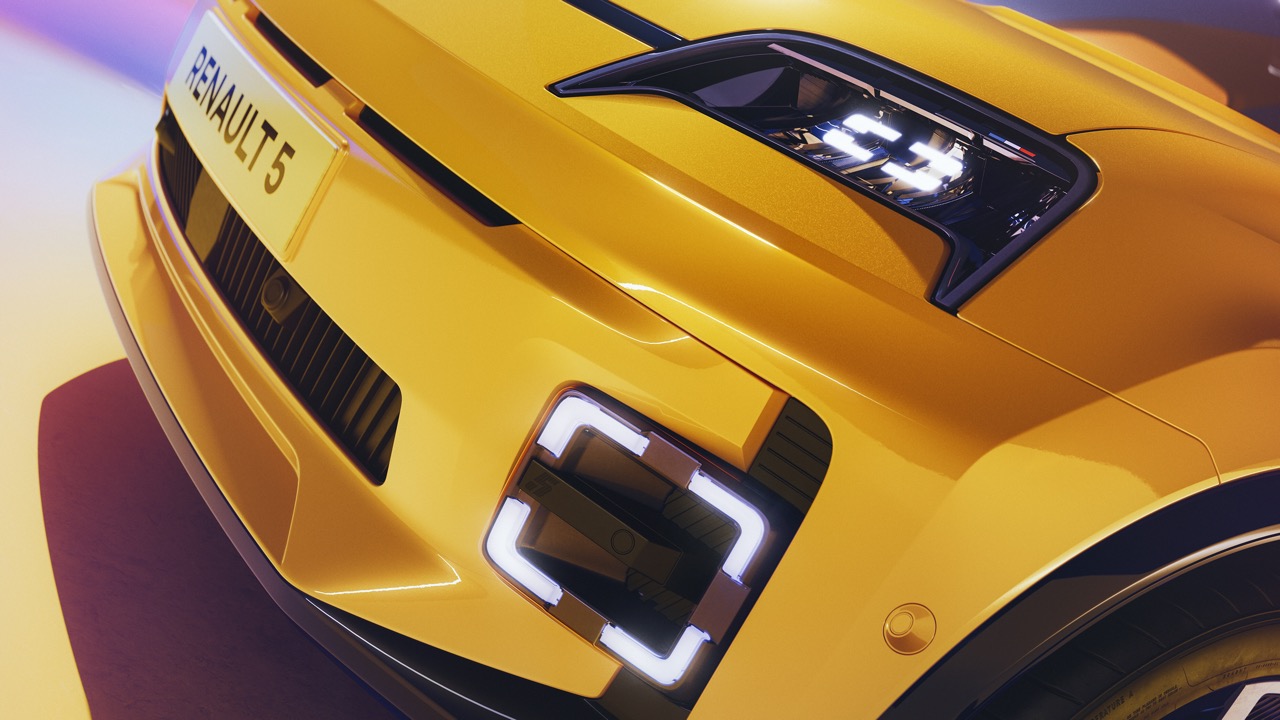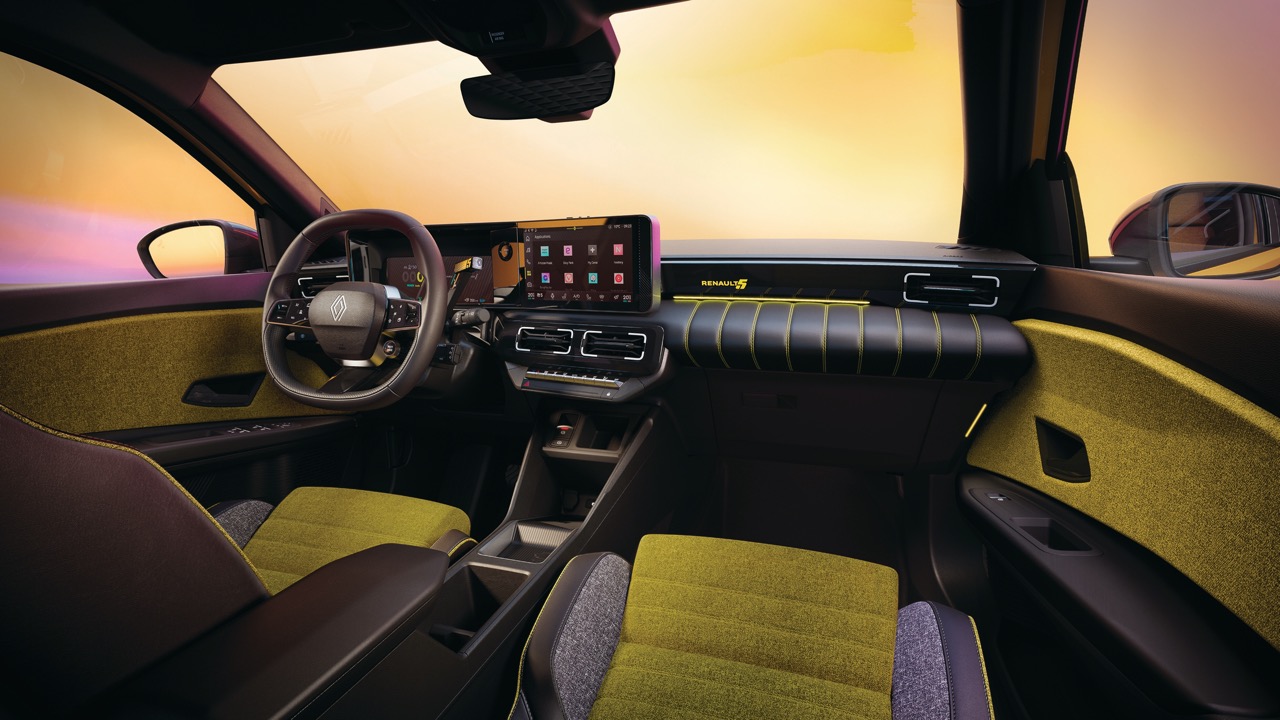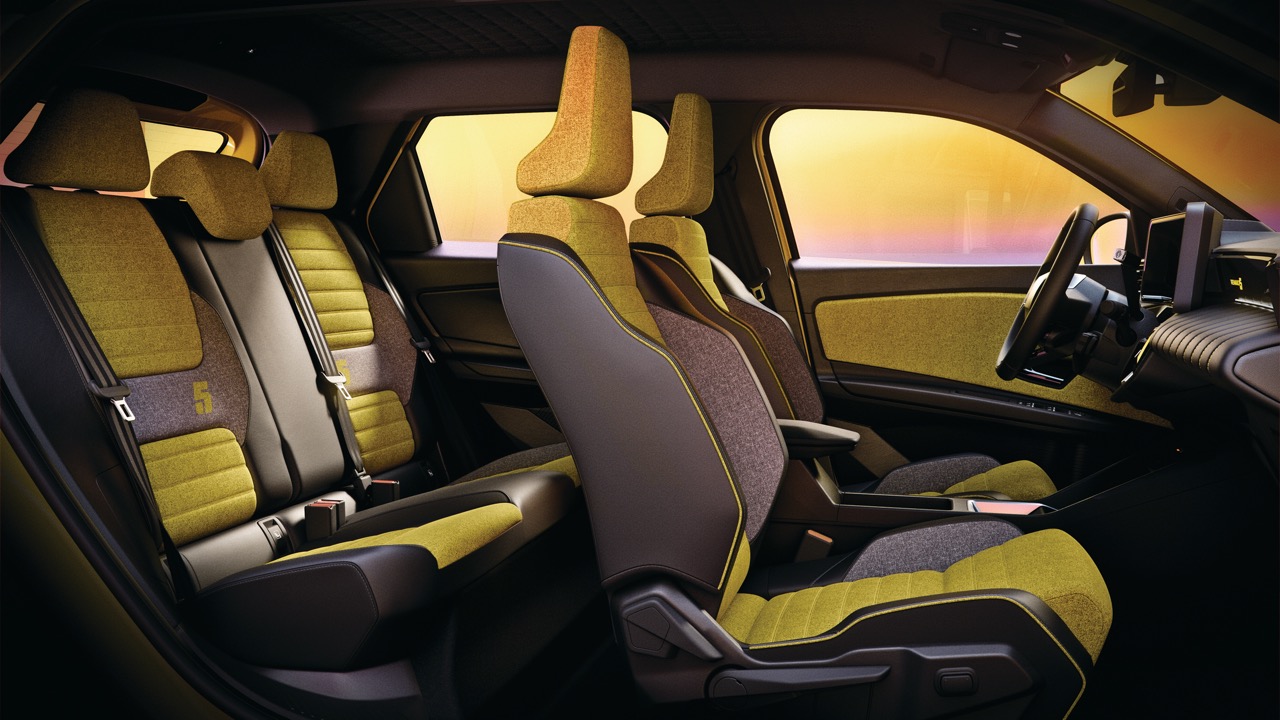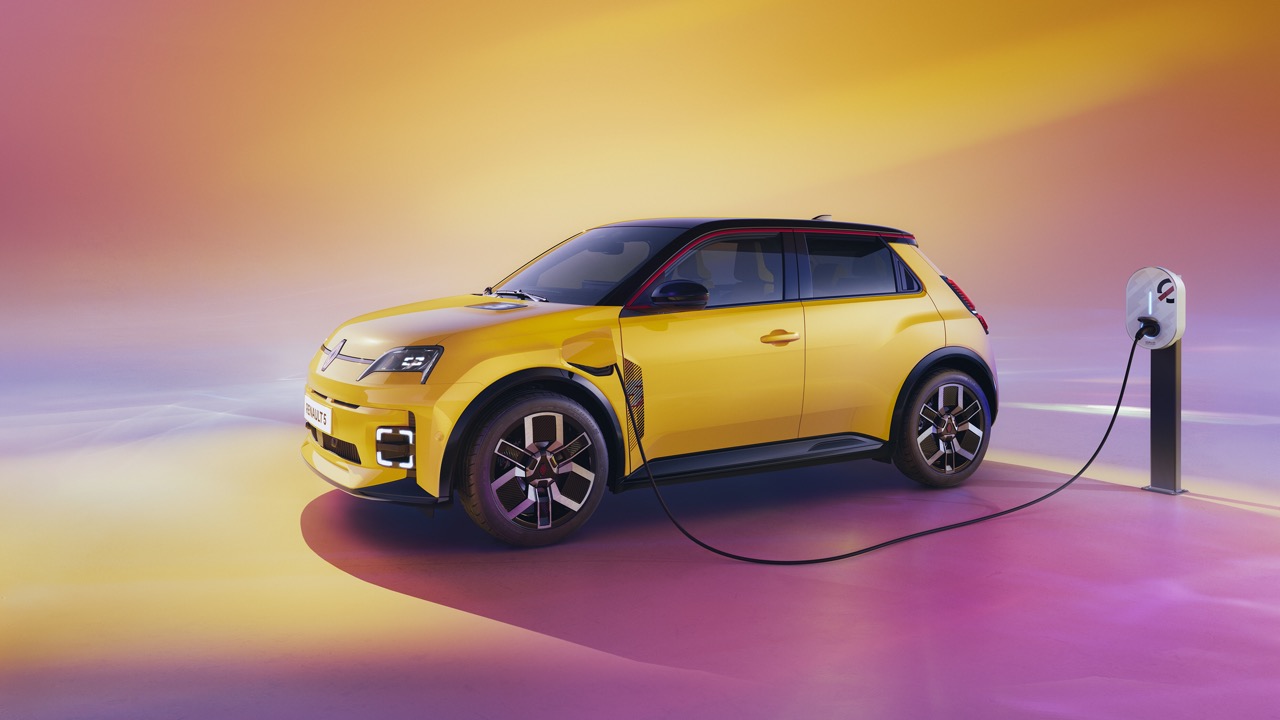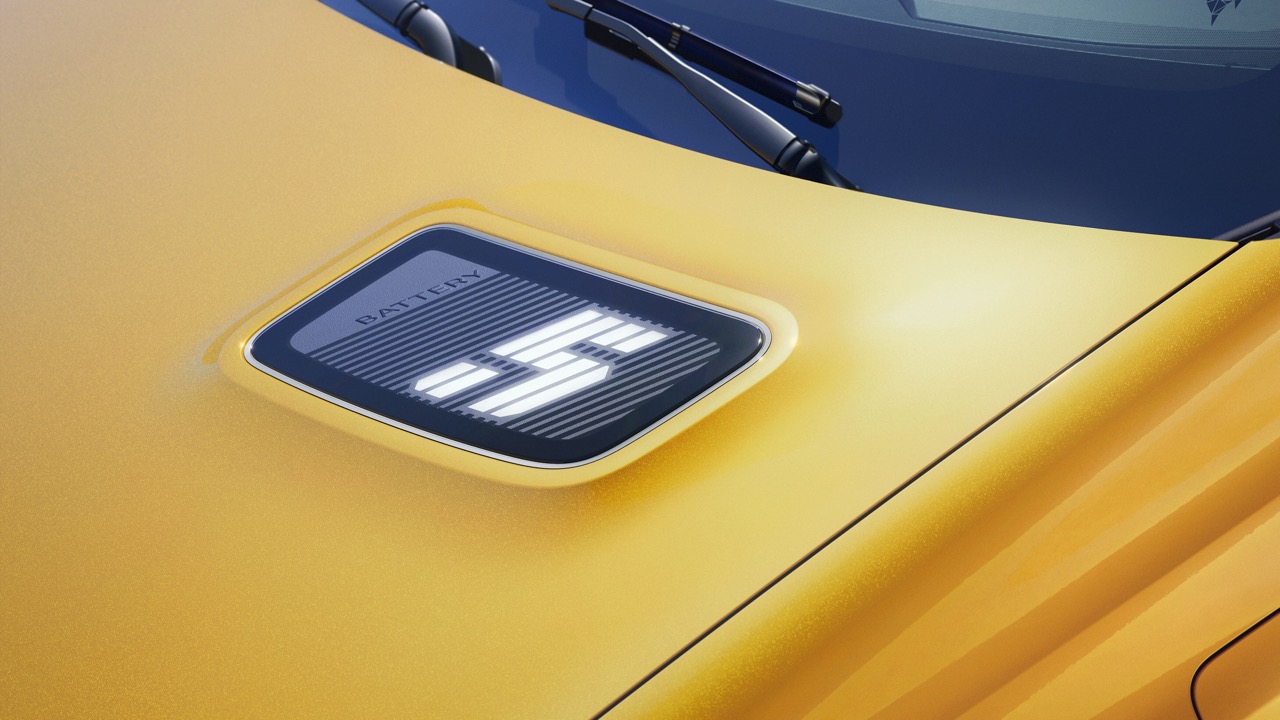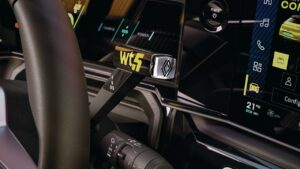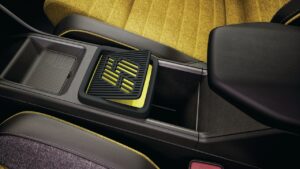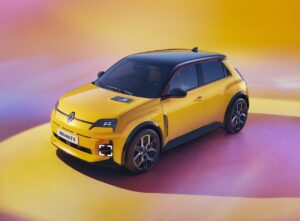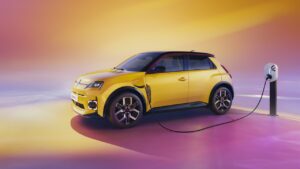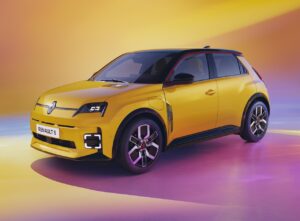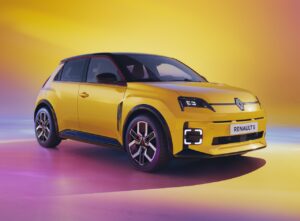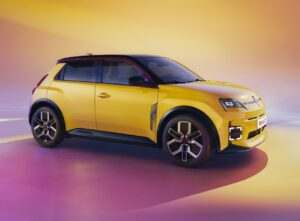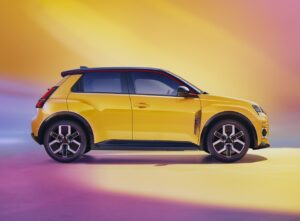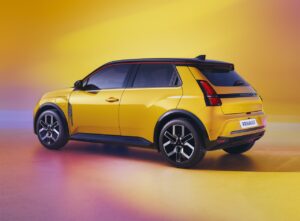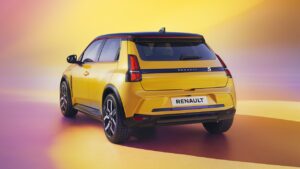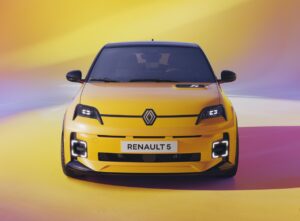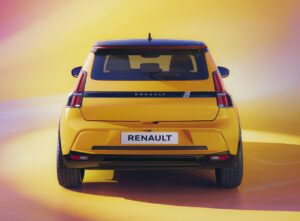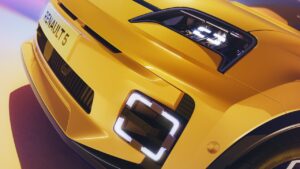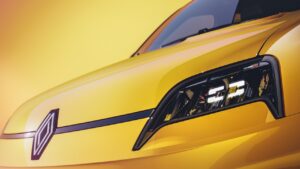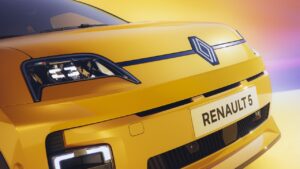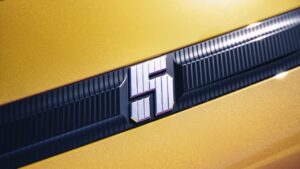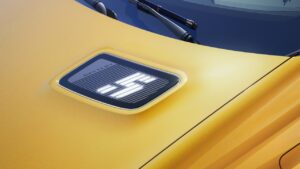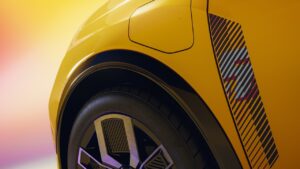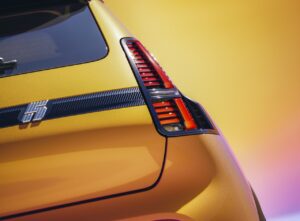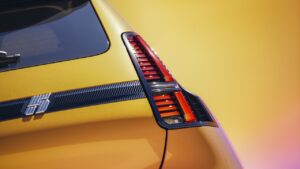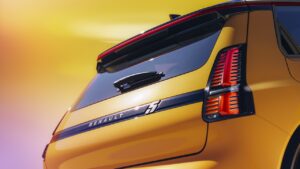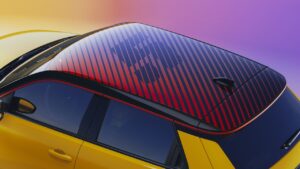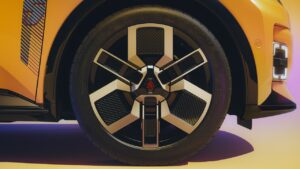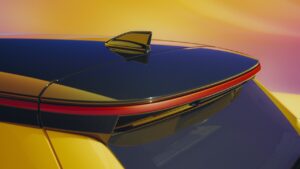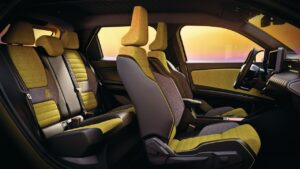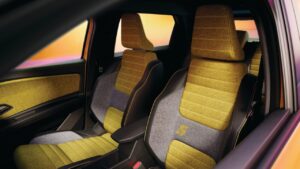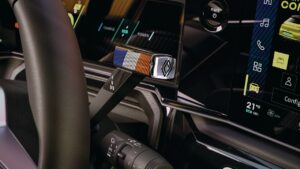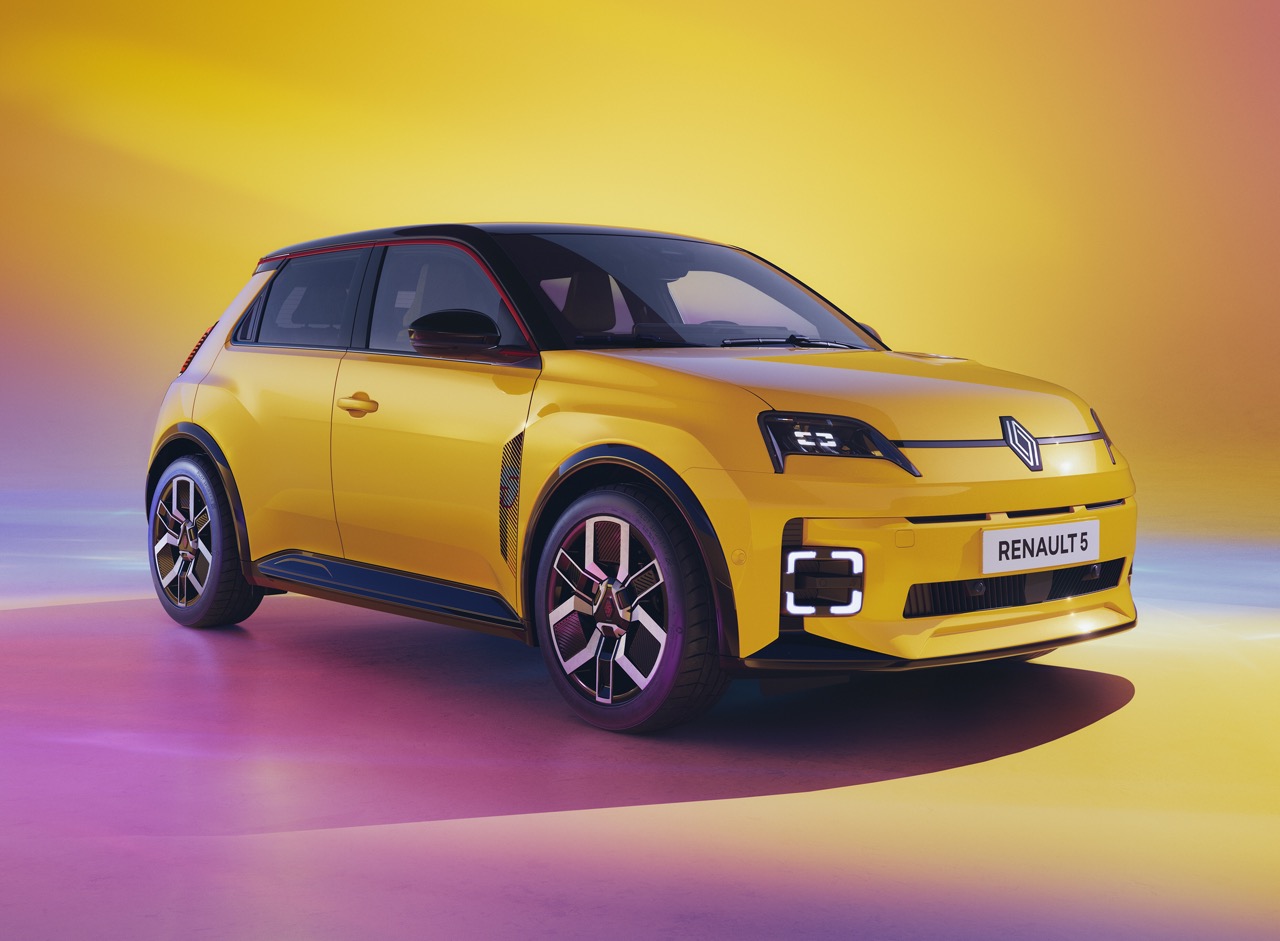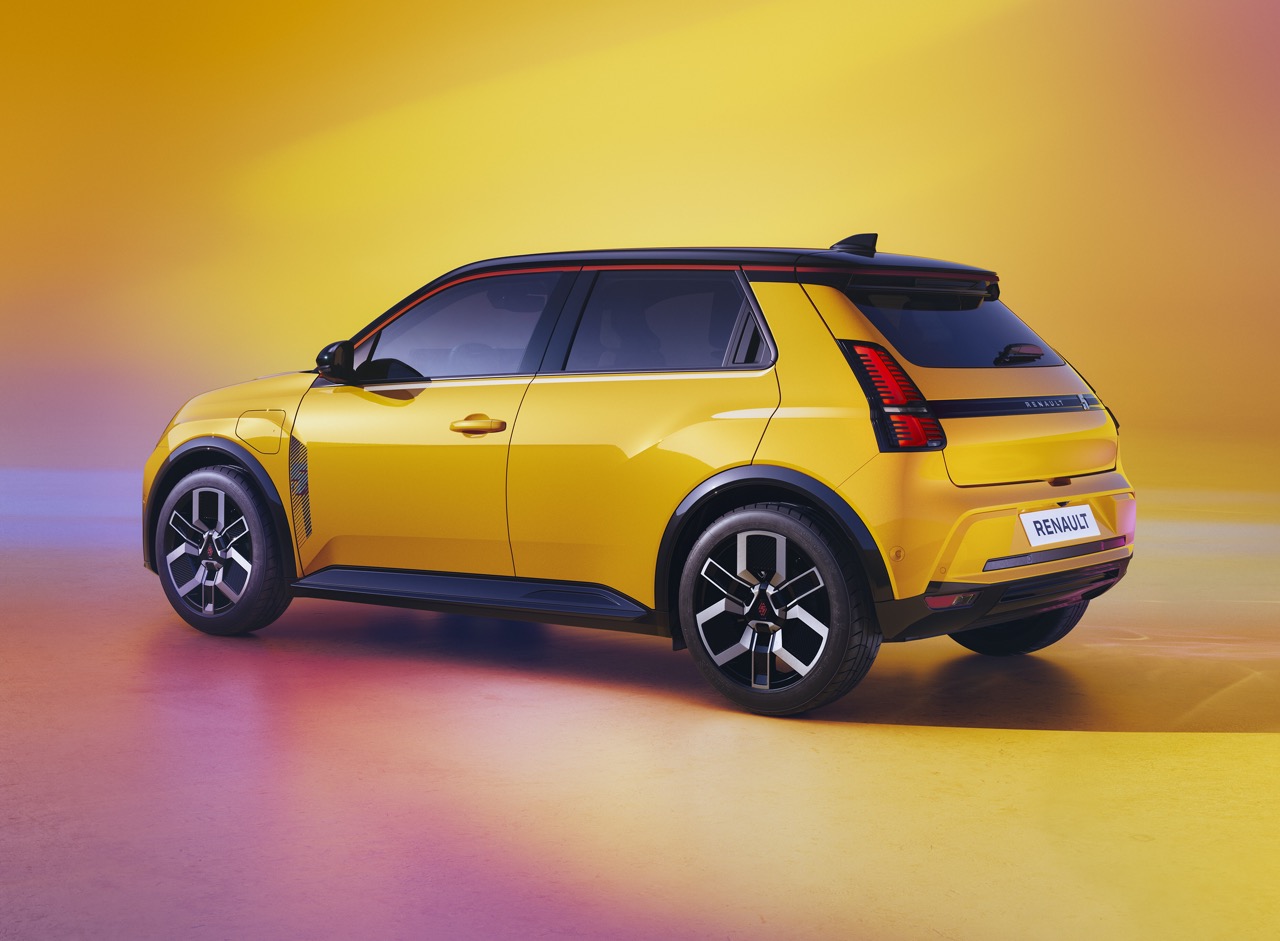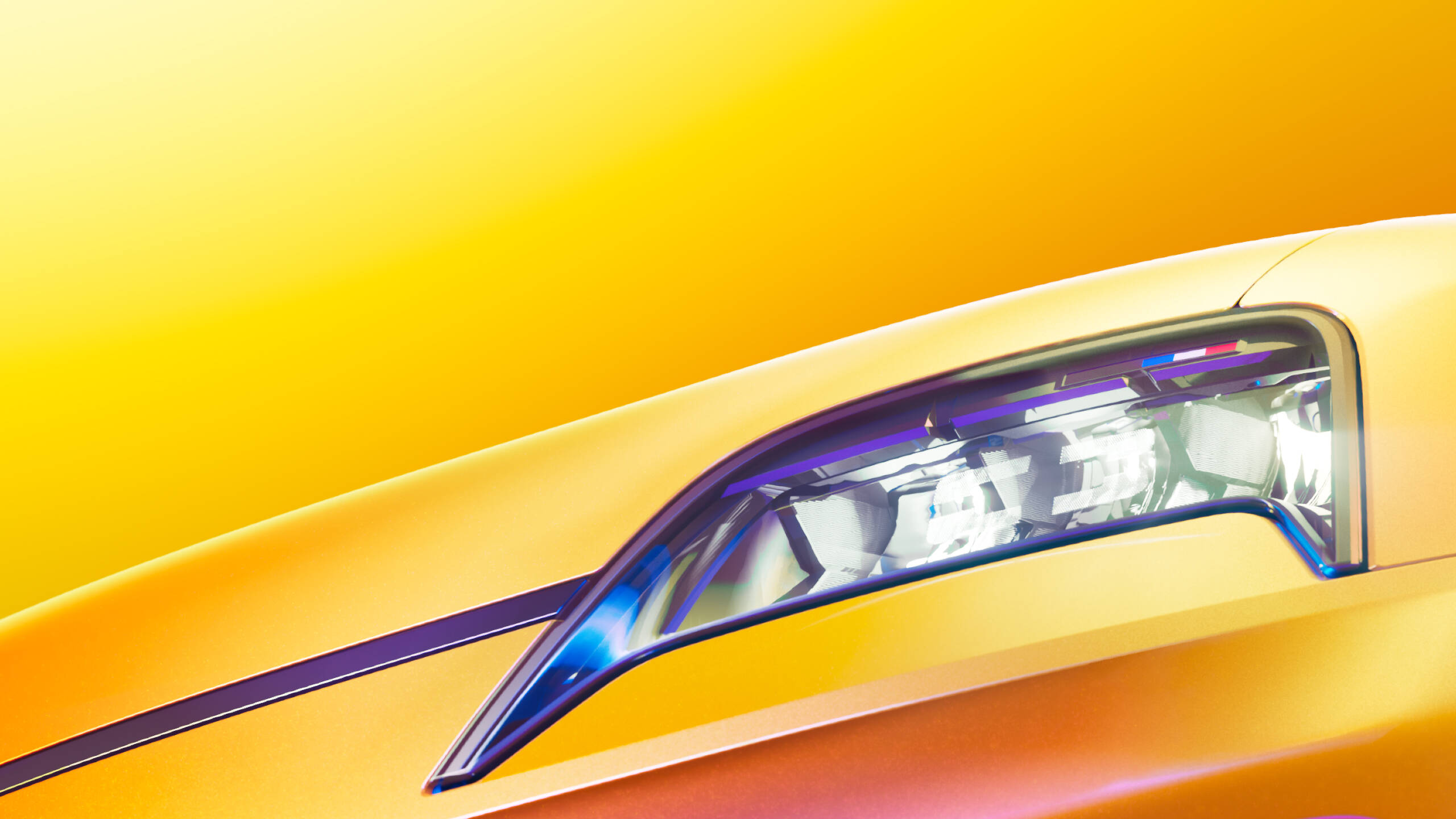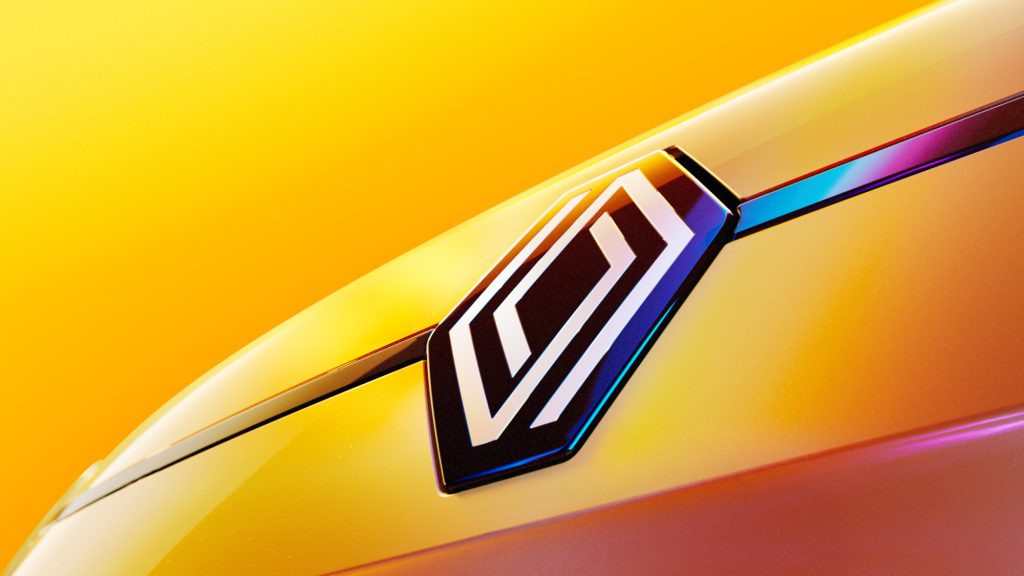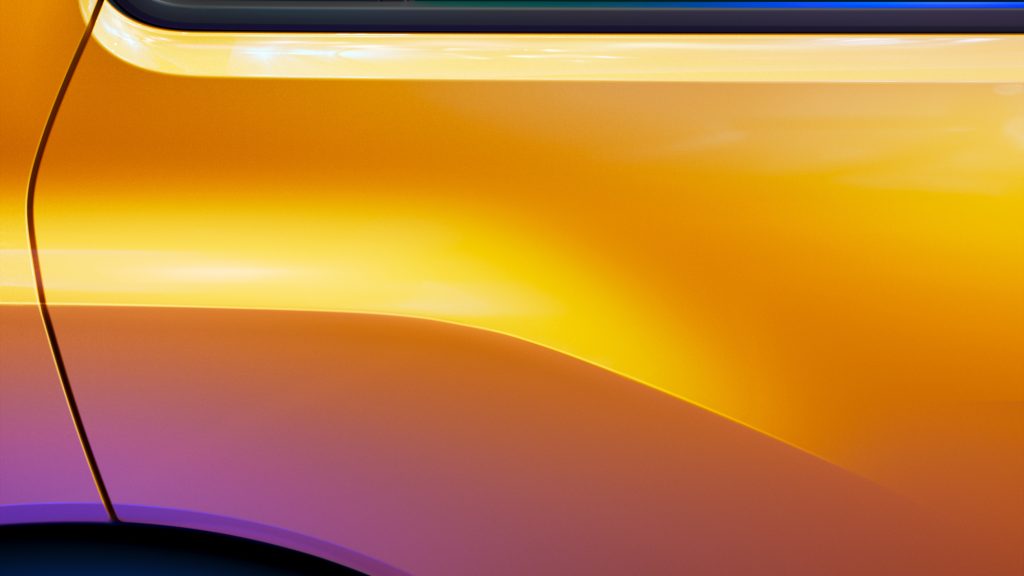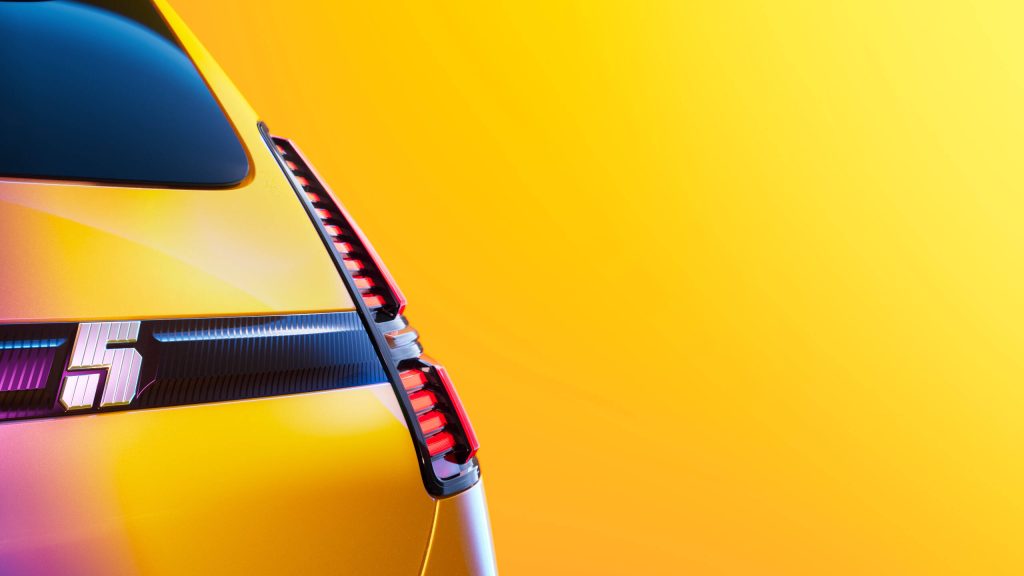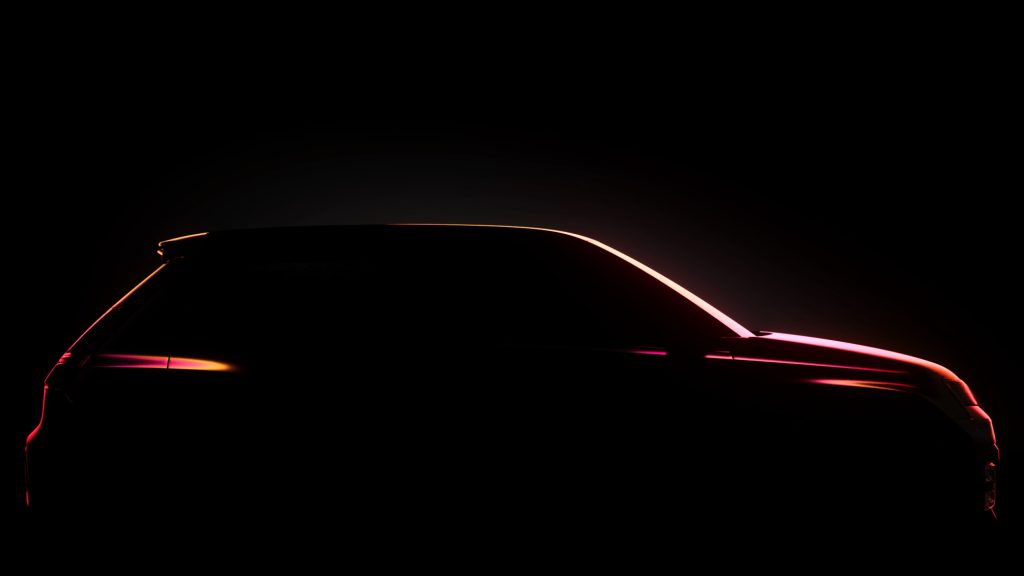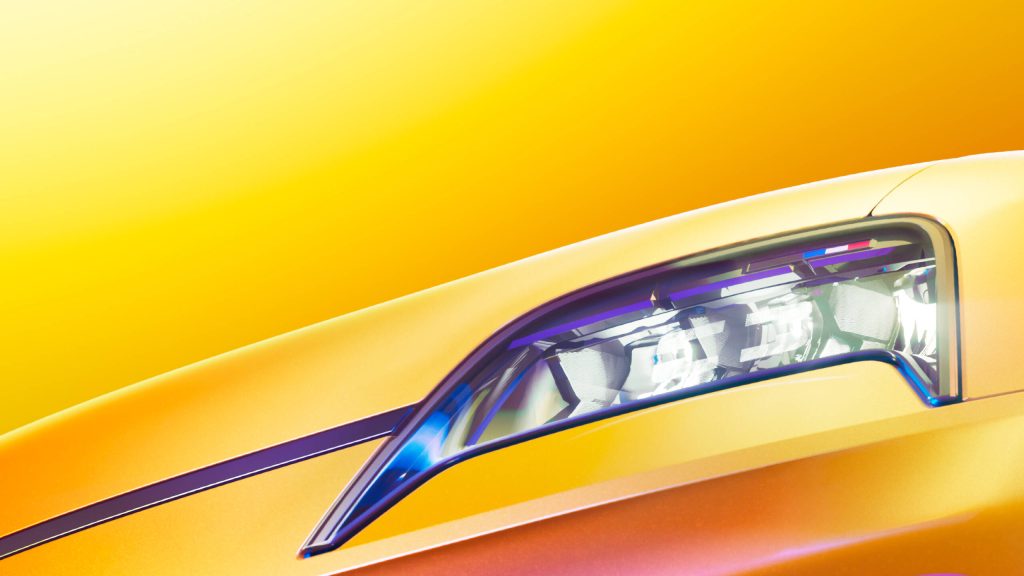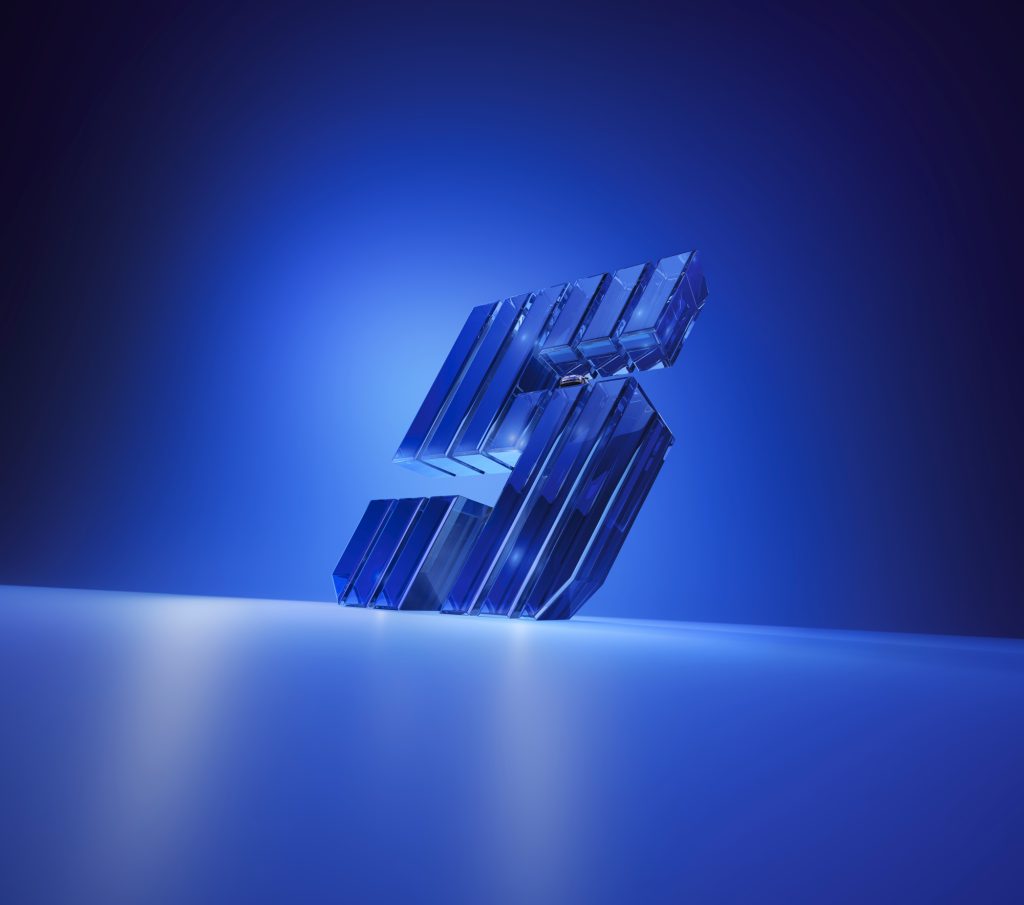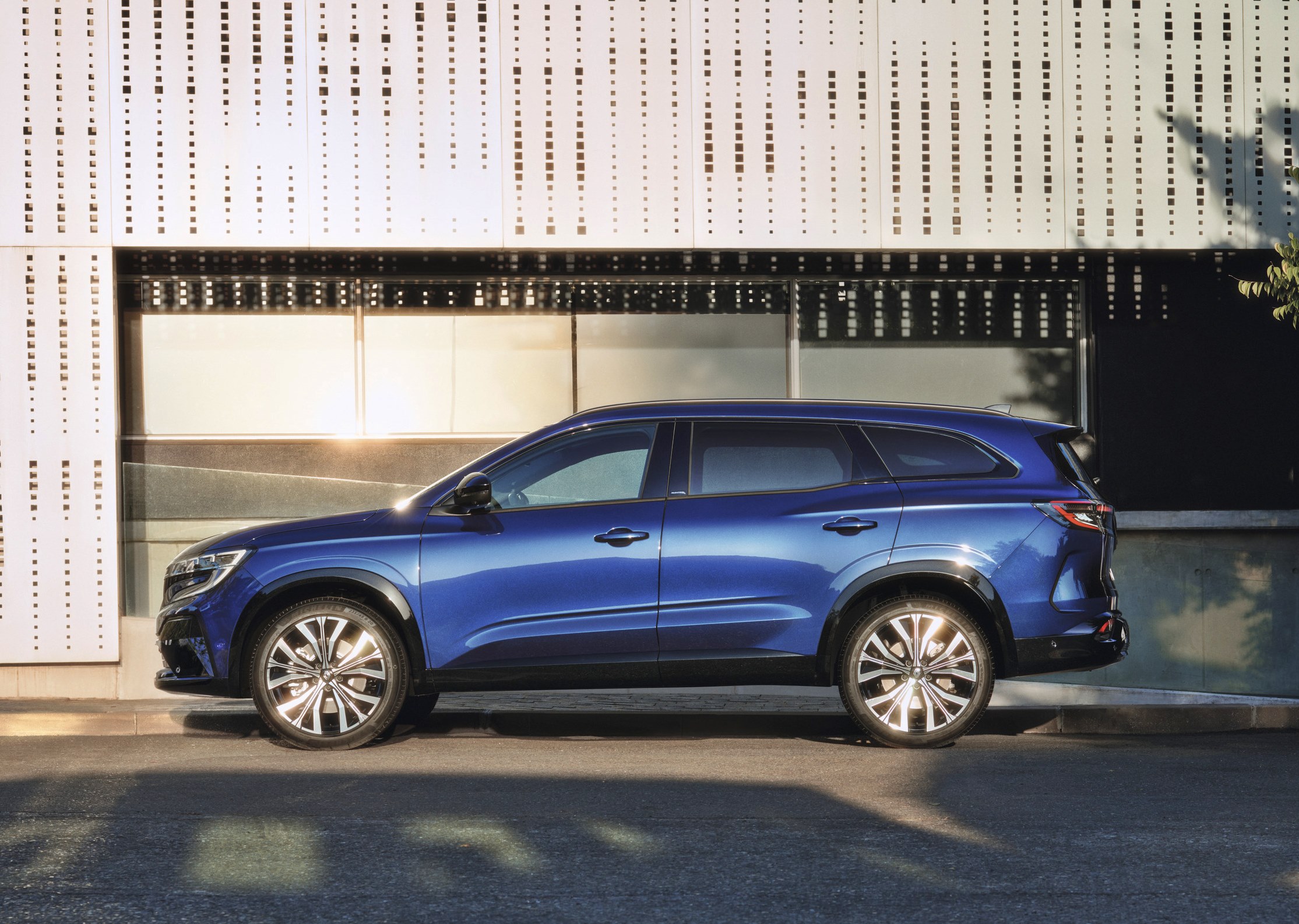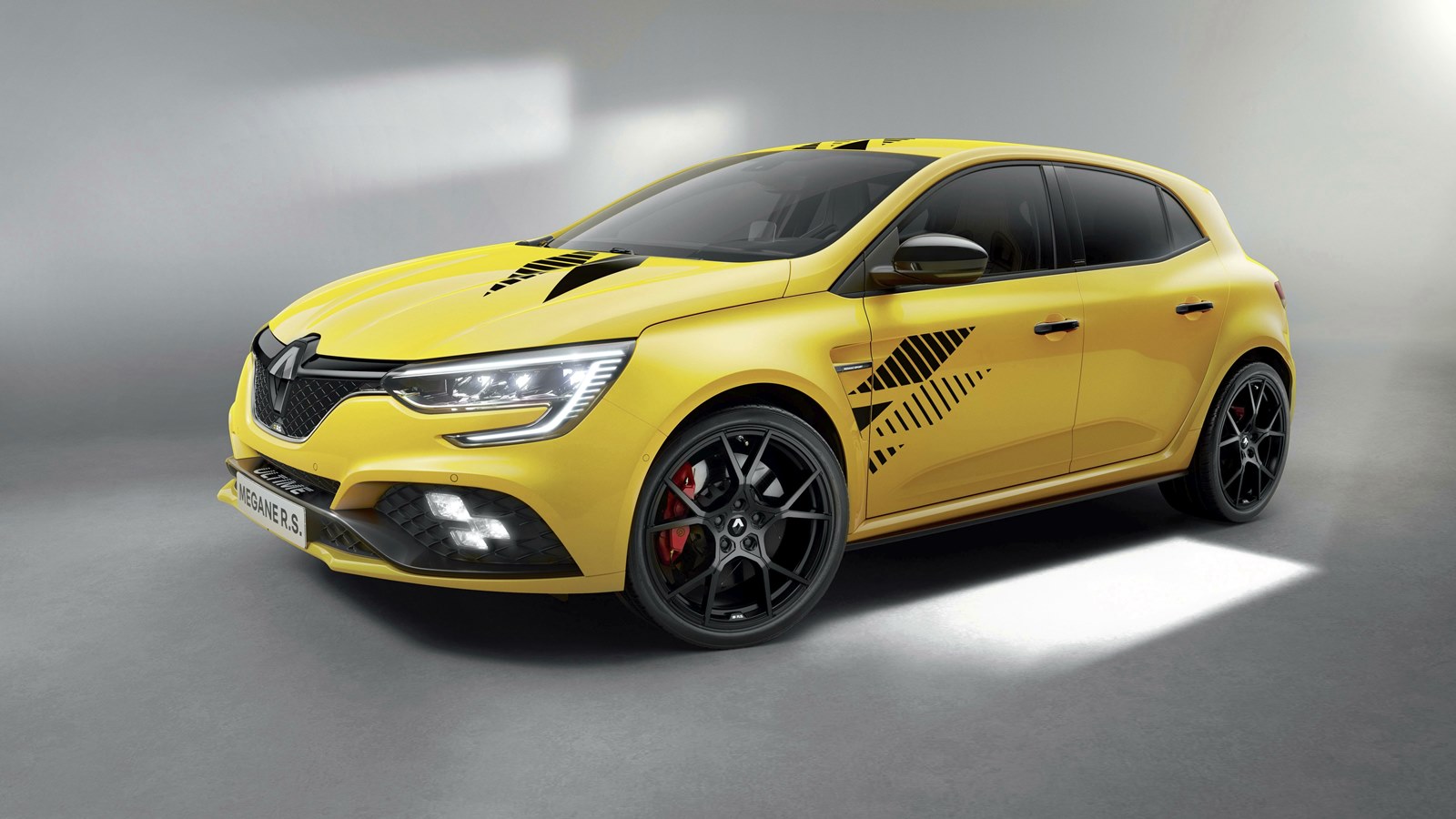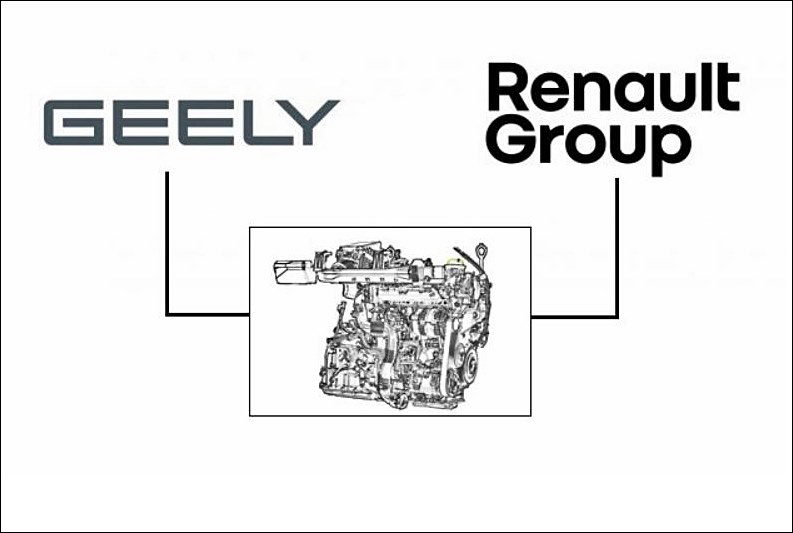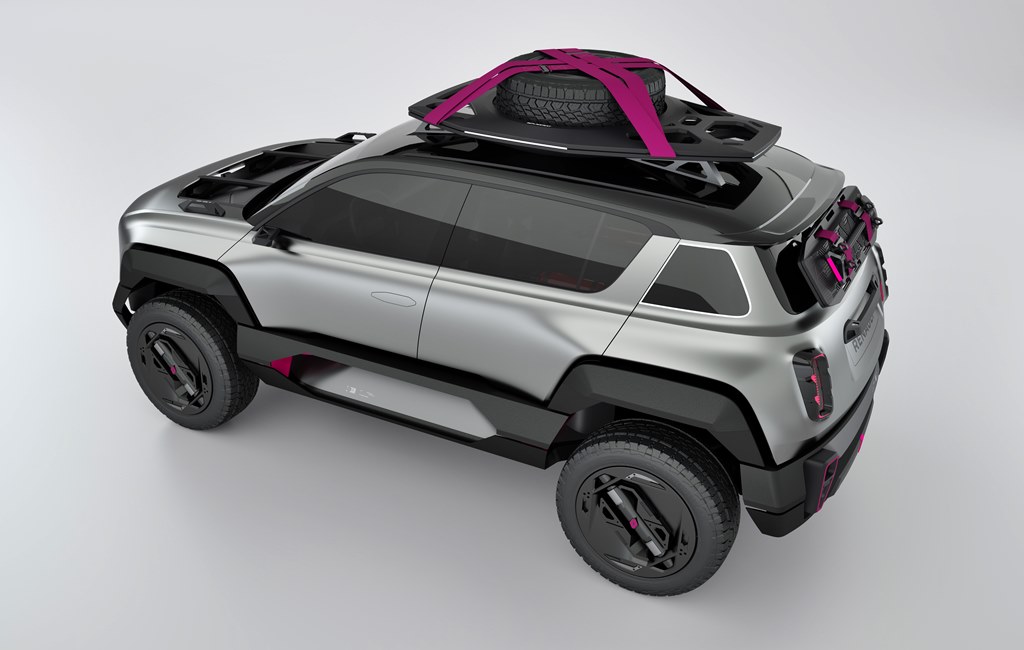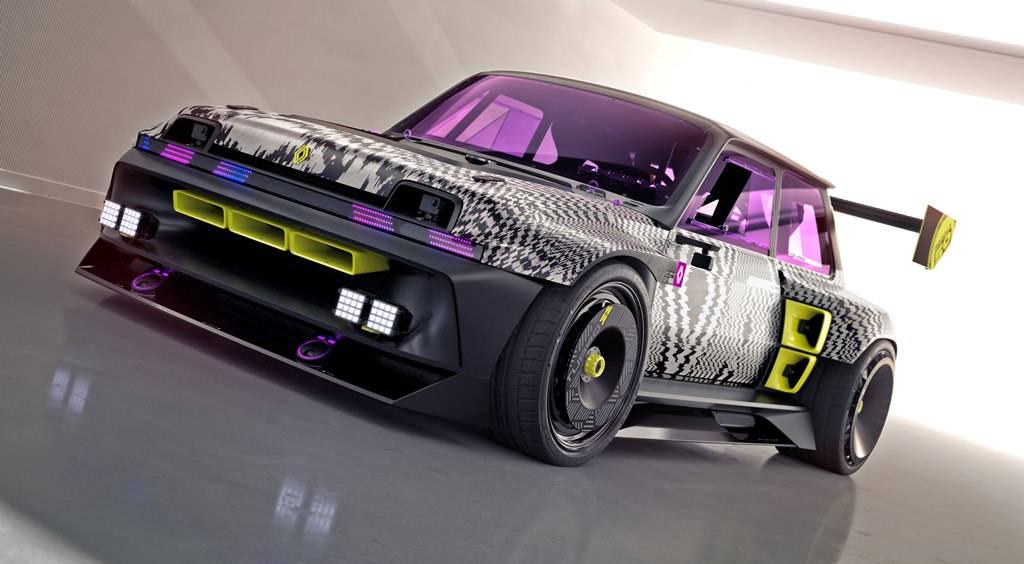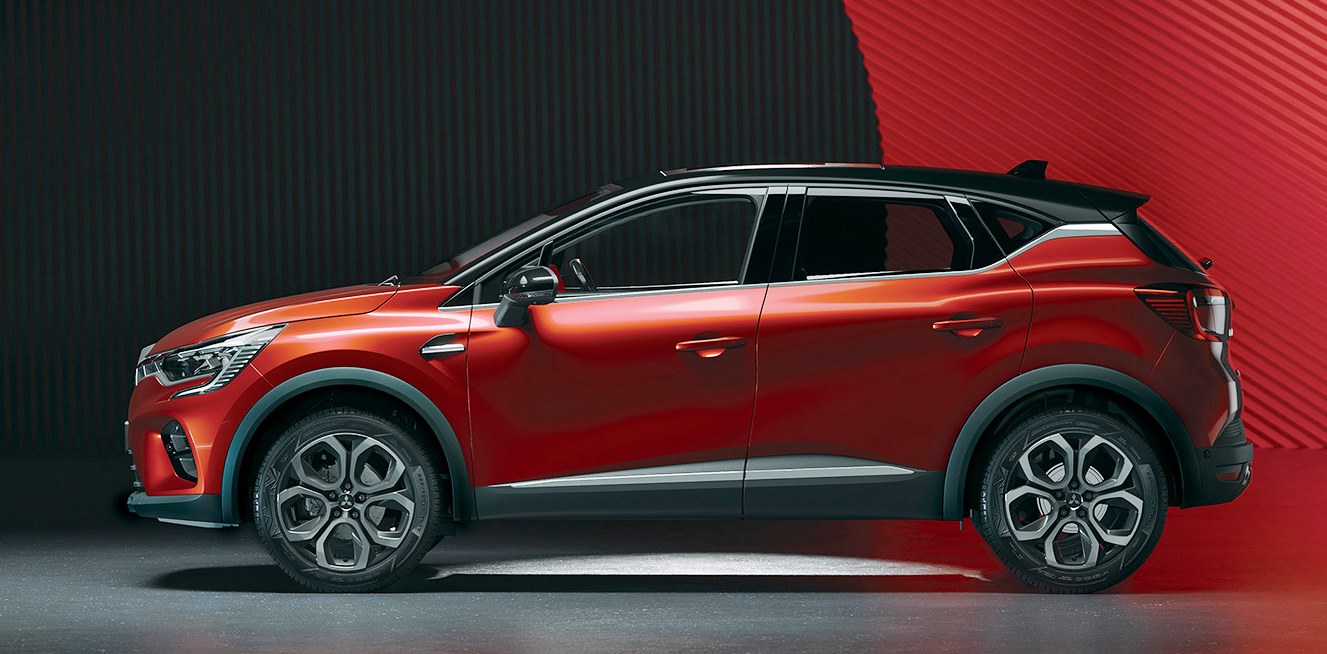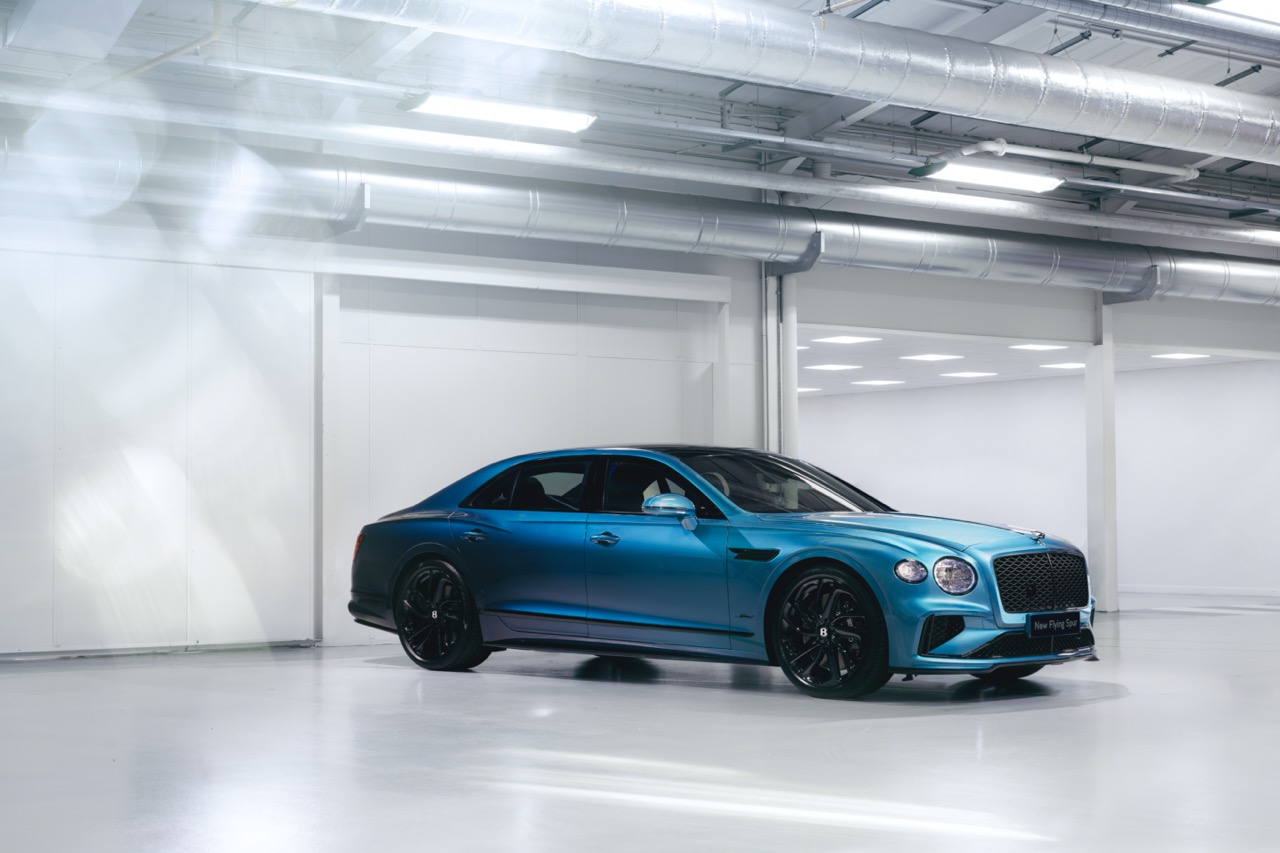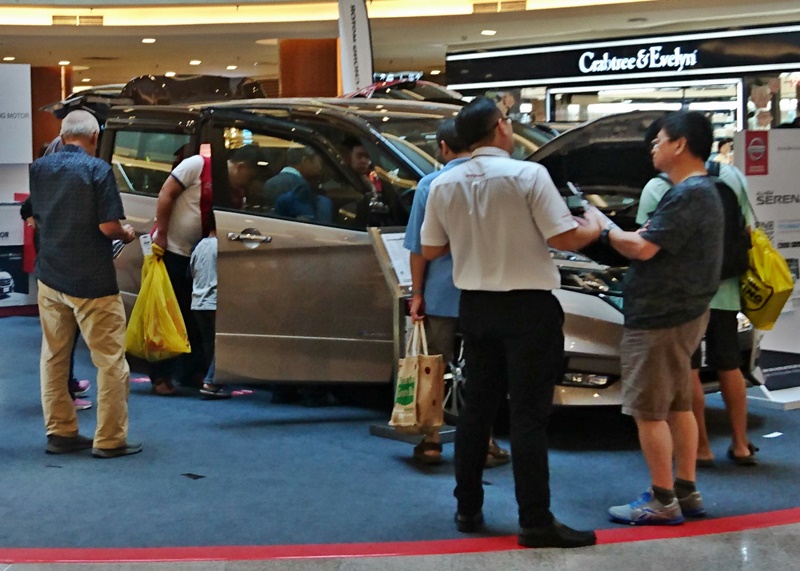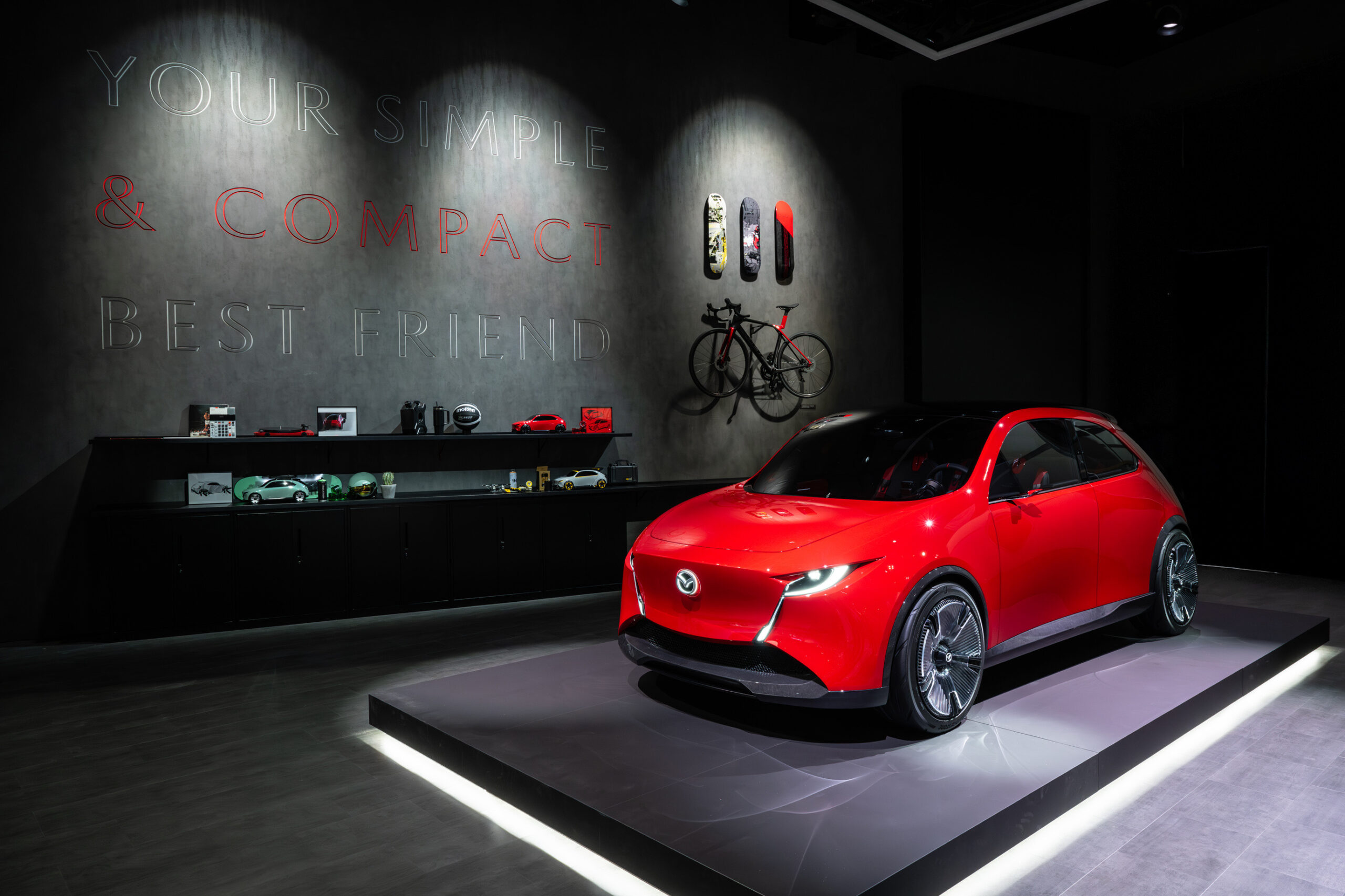Bintang Geneva Motor Show tahun ini tanpa ragu adalah Renault 5 yang baru, membuat kemunculan semula di jalan-jalan Eropah, tetapi dengan satu keistimewaan—ia kini sepenuhnya elektrik.
Asalnya bersara pada tahun 1996, Renault 5 yang diubah suai, kini dikenali sebagai Renault 5 E-Tech Electric, bersedia untuk menavigasi jalan-jalan bandar dengan kelestarian alam di dalam fikiran. Menyimpan sebahagian besar daripada daya tarikan pendahulunya, supermini elektrik ini menggegarkan dengan reka bentuk retro-futuristik, menyatu nostalgia dengan keadaan moden dengan lancar.
Reka bentuk luaran memberi penghormatan kepada akarnya dengan lampu hadapan yang comel, lampu belakang berdiri, dan lengkungan roda yang ketara yang mengingatkan kepada model asal. Pegangan pintu belakang tersusun rapi di dalam tiang C, mencipta ilusi tiga pintu seperti Renault 5 klasik. Walaupun versi lalu menawarkan pilihan tiga dan lima pintu, model baru ini memilih susun atur lima pintu, dengan aksen badan merah yang mengingatkan kepada ikonik R5 Turbo. Juga, varian hot hatch, Alpine A290, dijangka akan muncul di pasaran pada penghujung tahun 2024.
Di dalam, Renault 5 menampilkan jahitan tegak di papan pemuka dan bukaan udara segi empat, mengingatkan kepada model asal. Kluster instrumen digital dan paparan infotainment, tersedia dalam saiz 7.0 atau 10.0 inci, menambah kepada aura retro-moden.
Walaupun saiznya kecil, Renault 5 2024 menawarkan ruang kargo yang mencukupi sebanyak 325 liter dan digerakkan oleh tayar besar berukuran 18 inci dengan saiz 195/55 R18. Dibina atas platform AmpR Small (dahulunya CMF-B EV), ia menepati titik keseimbangan antara kekompakan dan kegunaan.
Renault 5 datang dengan bateri 40.0-kilowatt-jam atau 52.0-kWh, menggerakkan motor depan yang menghasilkan antara 95 hingga 150hp, bergantung kepada model yang dipilih. Ia menawarkan julat 300 hingga 400km, dengan keupayaan cas pantas untuk pengecasan cepat.
Khas kepada kategorinya, Renault 5 membanggakan suspensi belakang bebas berganda, bersama-sama dengan casan berarah dua hala, pam haba, dan teknologi perolehan tenaga brek untuk kecekapan yang lebih baik. Logo 5 yang besar di penutup enjin juga bertindak sebagai lampu penunjuk cas bateri—sentuhan yang bijak.
Bermula dengan harga sekitar €25,000 (RM129,659), Renault 5 menggabungkan kebolehpasaran dengan kesedaran ekologi, membuka jalan bagi mobiliti elektrik. Dibuat di Perancis, ia menetapkan pentas untuk kembalinya model-model Renault ikonik lain, seperti R4 dan Twingo generasi seterusnya, yang dijangka akan menjadi elektrik pada tahun 2025 dan 2026.

